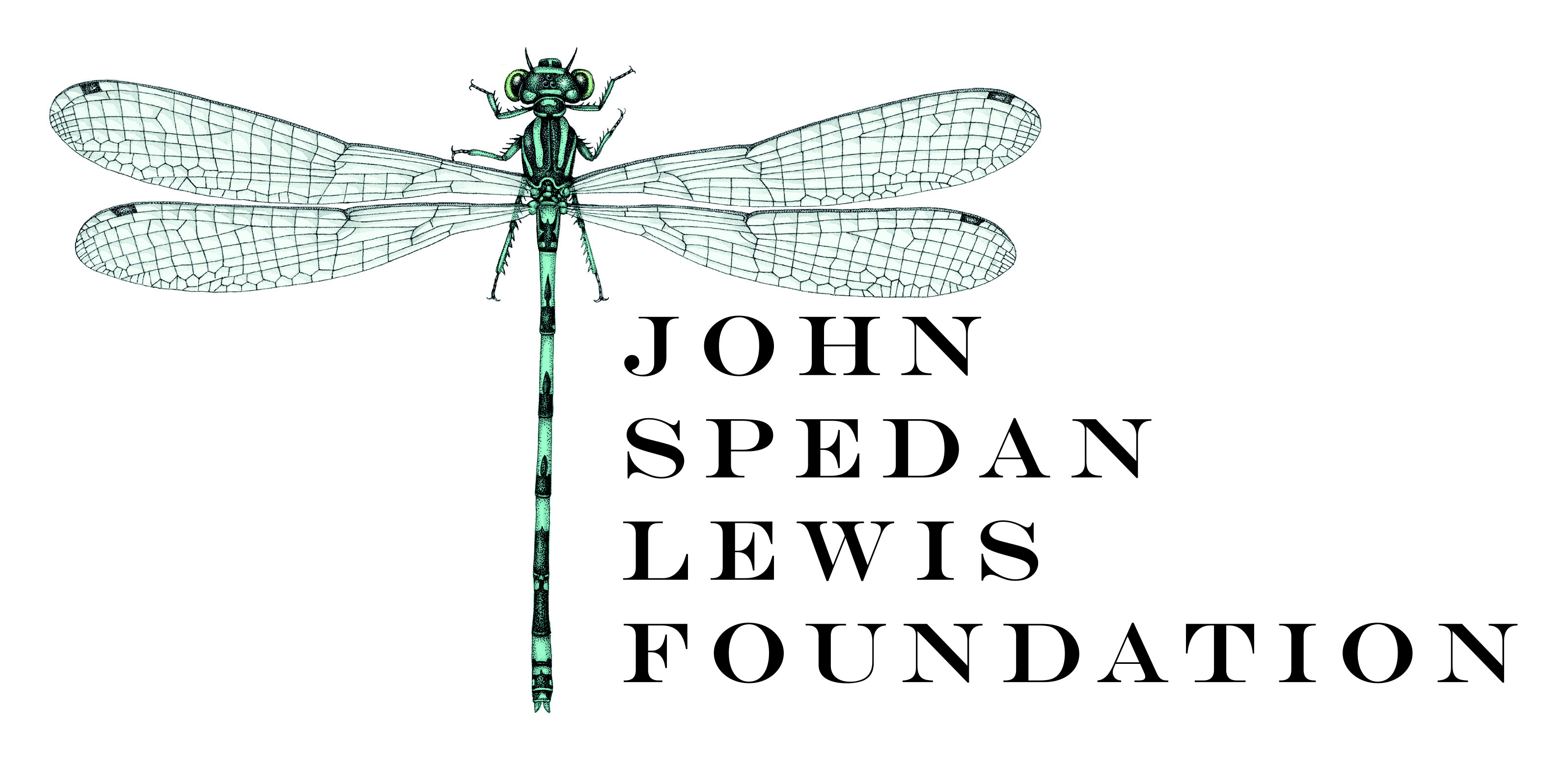Buddleja japonica
Sponsor
Kindly sponsored by
The John Spedan Lewis Foundation

Credits
Andrew Large (2021)
Recommended citation
Large, A.T. (2021), 'Buddleja japonica' from the website Trees and Shrubs Online (treesandshrubsonline.
Genus
Synonyms
- Buddleja curviflora (Misapplied) hort. ex Carr
- Buddleja japonica Linden
Other taxa in genus
- Buddleja albiflora
- Buddleja alternifolia
- Buddleja araucana
- Buddleja asiatica
- Buddleja auriculata
- Buddleja caryopteridifolia
- Buddleja colvilei
- Buddleja cordata
- Buddleja crispa
- Buddleja crispa × lindleyana
- Buddleja curviflora
- Buddleja davidii
- Buddleja delavayi
- Buddleja fallowiana
- Buddleja fallowiana × davidii
- Buddleja FLUTTERBY™ Series
- Buddleja forrestii
- Buddleja globosa
- Buddleja glomerata
- Buddleja lindleyana
- Buddleja LO AND BEHOLD® Series
- Buddleja longiflora
- Buddleja loricata
- Buddleja × luteolufaucia
- Buddleja macrostachya
- Buddleja marrubiifolia
- Buddleja megalocephala
- Buddleja 'Miss Ruby'
- Buddleja 'Morning Mist'
- Buddleja myriantha
- Buddleja New Dwarf Hybrids
- Buddleja nivea
- Buddleja officinalis
- Buddleja 'Orange Sceptre'
- Buddleja paniculata
- Buddleja × pikei
- Buddleja 'Pink Delight'
- Buddleja saligna
- Buddleja 'Salmon Spheres'
- Buddleja salviifolia
- Buddleja 'Silver Frost'
- Buddleja speciosissima
- Buddleja 'Summer Beauty'
- Buddleja virgata
- Buddleja × wardii
- Buddleja × weyeriana
- Buddleja × weyeriana Hybrids
- Buddleja 'Winter Sun'
Deciduous shrub 1 m high. Branchlets shortly tomentose at the apex, soon glabrous, quadrangular and 4-winged. Leaves opposite, shortly petiolate; blade narrowly ovate or narrowly elliptic, 3–6 × as long as wide, 6–20 × 2–6 cm, acuminate at the apex, cuneate or rounded at the base, margin repand-dentate to subentire; some stellate hairs otherwise glabrous above, sparsely stellate-pubescent to almost glabrous beneath; venation reticulate. Inflorescence thyrsoid, occasionally interrupted, 2.5–4 × 6–15 cm, very variable in length, and up to 25 cm if fruiting from the base. Calyx campanulate, 4.5–6.5 mm long, outside stellate tomentose and often with some minute glandular hairs; lobes triangular, mostly longer than wide. Corolla lavender, with erect lobes 12–19 mm long, outside stellate-pubescent and often with some minute glandular hairs, inside pilose from the top of the ovary to the mouth; tube cylindrical or nearly so, curved, 10.5–16 mm long × 1.2–2.5 mm wide and rather abruptly widened at the throat; lobes suborbicular, 1.5–3.5 × 1.2–3 mm, crenate or subentire, spreading. Stamens inserted 2.5–5.5 mm above the base, filaments shorter than anthers, anthers oblong or nearly so, 1.2–2 × 0.4–1 mm. Pistil glabrous, 3.5–5.5 mm long; ovary ovoid or nearly so, laterally compressed, 2.2–3.5 × 1.4–2.5 × 1–1.3 mm, 2-celled, rather abruptly narrowed into the short thick included style ; stigma large, clavate, 1.2–1.5 × 0.4–0.8 mm. Capsule ellipsoid, 6–9 × 4 × 3–4 mm, glabrous or with some minute glandular hairs. Seeds narrowly polyhedral and winged at 2–4 sides, reticulate, 1.5 × 0.5 × 0.3 mm; grain itself ellipsoid. (Leeuwenberg 1979).
Distribution Japan Honshu, Shikoku
Habitat In mountains, along stream and river banks, above 900 m asl.
USDA Hardiness Zone 8-9
RHS Hardiness Rating H4
Conservation status Not evaluated (NE)
Taxonomic note Buddleja japonica is closely related to B. curviflora and B. lindleyana. These species were placed together in a series called Curviflorae, based on the significant bend of the corolla tube they all possess (Marquand 1930). However, more recent treatments have not afforded these species their own series and consider them continuous with the other Asian species (Leeuwenberg 1979; Chau et al. 2017). Some authorities name Linden rather than Hemsley as the author of B. japonica (Leeuwenberg 1979).
Buddleja japonica has traditionally been included in the group Curviflorae with B. curviflora and B. lindleyana; species which have long corolla tubes with a pronounced curve or bend (Marquand 1930). All three have similarities in their foliage, inflorescences, flowers, and fruits, but B. japonica can be distinguished by the young branchlets having pronounced wings. The corolla of all three species is curved and rather abruptly widened just below the mouth.
B. japonica is a small deciduous shrub from the southern part of Japan, largely considered to be of less garden merit than other similar species. It can be short-lived as it is highly self-fertile and likely to exhaust itself if not dead-headed (Stuart 2006). A summer-flowering species, usually July-August in the UK, B. japonica flowers are inconsistent in their shade; predominantly deep purple but with some that are lighter to almost white. The foliage is light to medium green and the branchlets on new growth have pronounced wings, a distinctive feature of this species. It is relatively hardy but will often die back almost to the ground even in relatively mild winters, sprouting again from the base in the spring. It favours the same conditions as other Buddleja – a free-draining soil in full sun – but is less drought tolerant than some.


